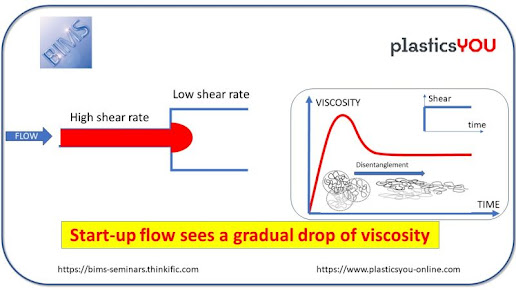NJIT Researchers Focus on Making Corn-based Epoxy for Promoting Green Plastics
NJIT Research Professor Mike Jaffe's recent book chapter about sugar-based chemicals is topping the American Chemical Society (ACS) book series' must-read list.
"Sugar-Based Chemicals for Environmentally Sustainable Applications" appeared in the most recent ACS Symposium Series and is racking up kudos. Co-authors were Xianhong Feng, a Doctoral Student and Research Professors A. J. East and W. Hammond, all at NJIT.
The popularity stems from the topic, an overview of isosorbide and its potential role creating polymers and small molecules. The chapter features new and better ways to replace the dreaded bisphenol A (BPA) in manufacturing processes. In 2009, Jaffe's team was awarded a patent for a chemical derived from sugar. The new material uses a corn byproduct, isosorbide, to create a derivative that can be used to replace bisphenol A (BPA) in epoxy resins. Such resins are used in a number of adhesives and coatings of consumer products, including those used in the lining of tin cans. The researchers recently received another patent to compliment the earlier one.
"The new patent will help create a less toxic epoxy resin," said Jaffe. Such resins are polymers widely used as adhesives, paints and coatings to protect food in cans. Jaffe has been developing sugar-based materials in conjunction with the Iowa Corn Promotion Board (ICPB) in an effort to promote and create new, commercially attractive, sustainable chemistries from wider uses of corn. This new sugar derivative can be obtained from corn. The two patents are part of a series filed by the ICPB and NJIT to develop applications and markets for sugar-based chemistry.
"Renewable materials made from corn are gaining ground for new industrial plastics markets," said Rod Williamson, Iowa Corn Director of Research and Business Development. "Making epoxy from corn can be a win-win for public health, plastic manufacturers and for farmers."
Sugar-based chemicals can be used as building blocks to produce new monomers, polymers and additives for the commercial plastics and cosmetics industry. These are materials generally recognized as safe sugar compounds with a unique stereochemistry providing a ubiquitous platform for making cost-effective chemicals and polymers.
The book chapter focuses on isosorbide and its isomers as sugar-derived dianhydrohexitols. The two can be either incorporated in the backbone of new polymers or converted to low molar mass additives for thermoplastics and thermosets or as specialty chemicals. As the cost of petroleum rises, the attractiveness of renewable feedstocks for producing value-added products increases. The emergence of sustainable sugar derived chemicals (especially isosorbide modified products) offers attractive prospects with high potential for the next generation chemical industry.
Much attention has recently focused on BPA, which has been known to have estrogenic properties since the 1930s. BPA is widely used in processes that result in the lining for tin cans and key ingredients in plastics ranging from baby bottles to nail polish. Unfortunately, the chemical bonds that link BPA in polymer structures are not completely stable and the polymer may slowly decay with time, releasing small amounts of it into materials with which it comes into contact, such as food or water. Recent studies have shown the widespread presence of tiny amounts of BPA in the environment. Even at minute levels BPA may still exert estrogen-like effects on living organisms.
The ACS Symposium Series contains high-quality, peer-reviewed books developed from the ACS technical divisions' symposia. Each chapter is carefully authored by an expert in the field, and the collection of chapters edited by an internationally recognized in the field. The series covers a broad range of topics including agricultural and food chemistry, cellulose and renewable materials, chemical education, organic chemistry, polymer chemistry, materials, and many others.


Comments
Post a Comment